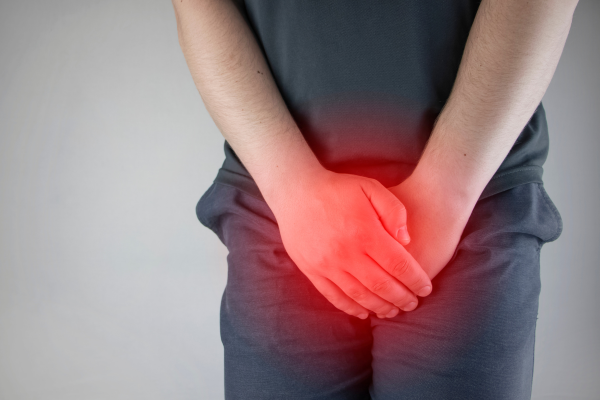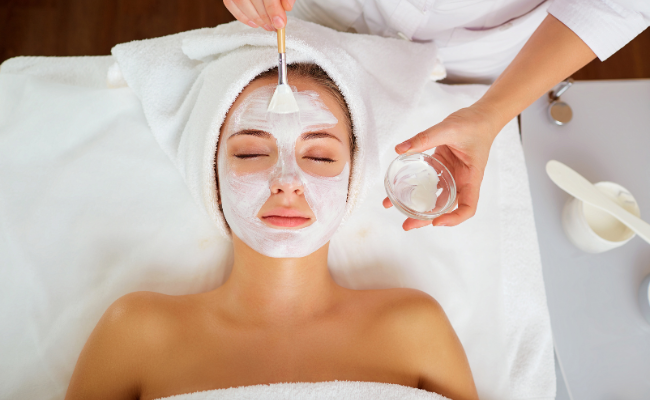How to Treat Eyelid Dermatitis?
- November 07, 2023
- No Comments
What is Eyelid Dermatitis?
Eyelid dermatitis, also referred to as eyelid eczema or periocular dermatitis, is a prevalent and distressing skin condition afflicting the eyelids. It is characterized by redness, itching, swelling, and flakiness of the eyelid skin, causing considerable discomfort to those affected. This condition, falling within the realm of contact dermatitis, is primarily caused by allergic reactions or irritants. It is crucial to pinpoint the underlying triggers for effective treatment.
When your eyelids come into contact with substances or physical triggers that trigger allergies or irritation, the skin on your eyelids reacts by becoming red, scaly, and may swell or thicken. Sensations like stinging, burning, and itching are common symptoms associated with this condition. Identifying these triggers is vital to managing and alleviating the symptoms of eyelid dermatitis.
Why Does Eyelid Dermatitis Occur?
Eyelid dermatitis can occur due to a variety of factors. Allergic reactions to substances like makeup, skincare products, or airborne allergens such as pollen are common triggers. Additionally, irritants like harsh soaps, shampoos, or contact lens solutions can lead to the development of eyelid dermatitis. People with underlying skin conditions like eczema or seborrheic dermatitis are also more susceptible to this condition. Understanding these triggers is crucial in managing and preventing recurrent episodes of eyelid dermatitis.
How to Identify and Diagnose Eyelid Dermatitis?
Recognizing the symptoms of eyelid dermatitis is the first step towards effective management. Individuals experiencing redness, itching, swelling, or flakiness around the eyelids should seek medical advice promptly. A dermatologist can diagnose eyelid dermatitis through a comprehensive examination, taking into account the patient's medical history and conducting patch tests to pinpoint specific allergens or irritants causing the condition. Proper diagnosis ensures that the appropriate treatment plan is implemented.
Treatment Solutions for Eyelid Dermatitis
Addressing eyelid dermatitis involves a multifaceted approach:
- Avoidance of Triggers: Identifying and avoiding triggers is paramount. This may require discontinuing the use of certain cosmetic products, switching to hypoallergenic alternatives, and minimizing exposure to allergens.
- Topical Treatments: Dermatologists often prescribe topical corticosteroids to reduce inflammation and itching. These medications are applied directly to the affected area and work by suppressing the immune response, alleviating symptoms effectively. It is crucial to follow the prescribed dosage and application guidelines to avoid adverse effects.
- Moisturization: Keeping the eyelid skin adequately moisturized is vital in managing eyelid dermatitis. Non-fragrance, hypoallergenic moisturizers create a protective barrier, preventing dryness and reducing irritation. Regular and gentle application can significantly improve the condition of the eyelid skin.
- Cool Compresses and Soothing Agents: Applying cool compresses to the affected eyelids provides immediate relief from itching and swelling. Additionally, using soothing agents such as aloe vera gel or chamomile can help in calming the irritated skin, promoting faster healing.
- Oral Antihistamines: In cases of severe itching, dermatologists may recommend oral antihistamines to alleviate discomfort and improve sleep quality. These medications block histamine receptors, reducing itching and allowing the affected individual to rest better.
Benefits of Proper Treatment
Proper treatment of eyelid dermatitis offers a range of benefits, including:
- Relief from Discomfort: Effective treatment significantly reduces itching, redness, and swelling, providing immediate relief and enhancing overall comfort.
- Prevention of Complications: Timely and appropriate management prevents complications such as bacterial infections. Scratching and constant irritation can lead to open wounds, making the skin susceptible to infections. Proper treatment minimizes this risk.
- Improved Skin Appearance: Managing eyelid dermatitis results in improved skin texture and appearance. Reducing inflammation and flakiness enhances the natural beauty of the eyelids, boosting the individual's self-confidence.
- Enhanced Quality of Life: By alleviating discomfort and improving the appearance of the eyelids, proper treatment enhances the overall quality of life. Individuals can engage in daily activities without the distraction of persistent itching or irritation.
- Prevents Recurrence: Identifying and avoiding triggers, combined with consistent treatment, can prevent the recurrence of eyelid dermatitis. This long-term relief ensures a higher quality of life and promotes overall skin health.








.jpg)
Comments (0)
No comments yet